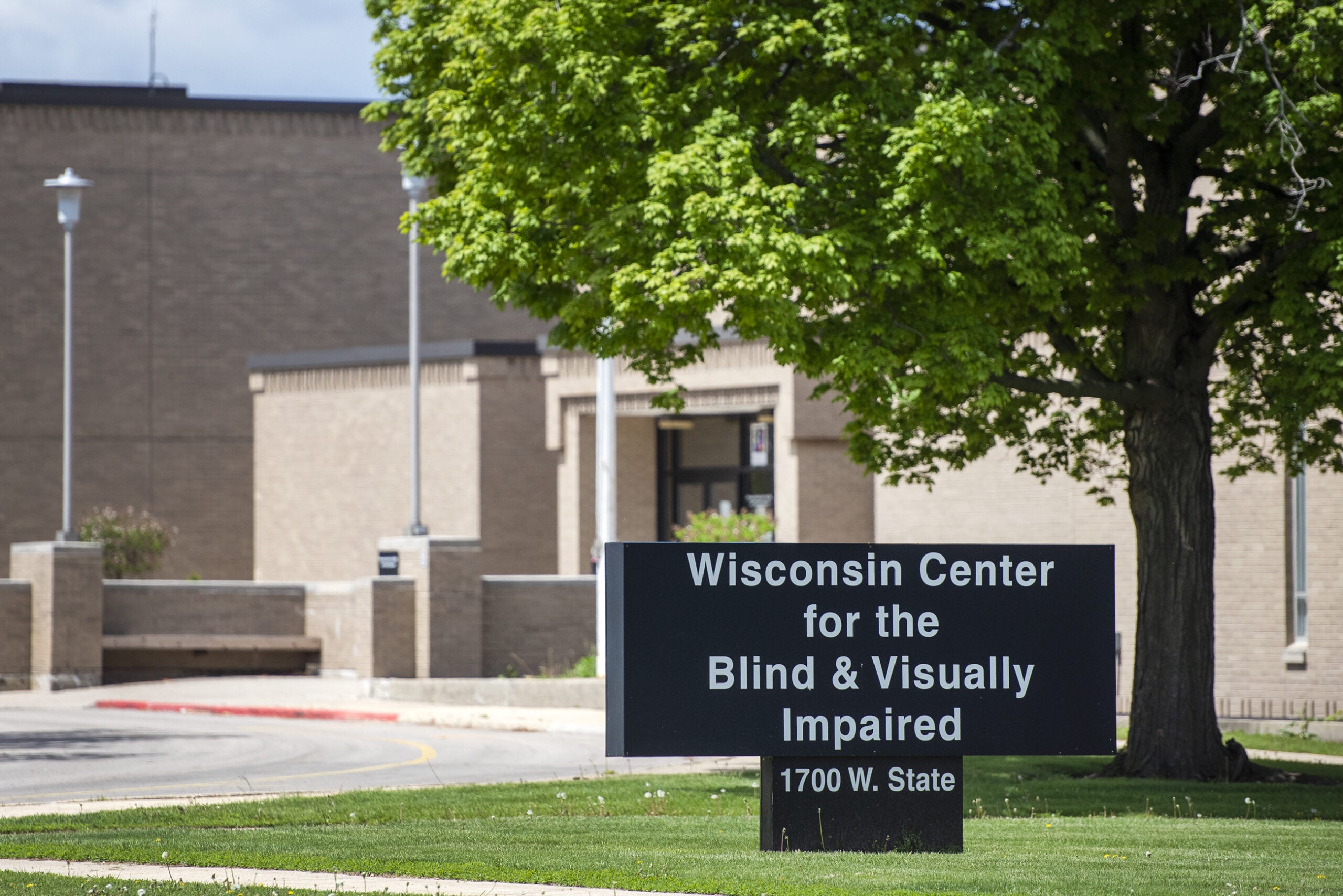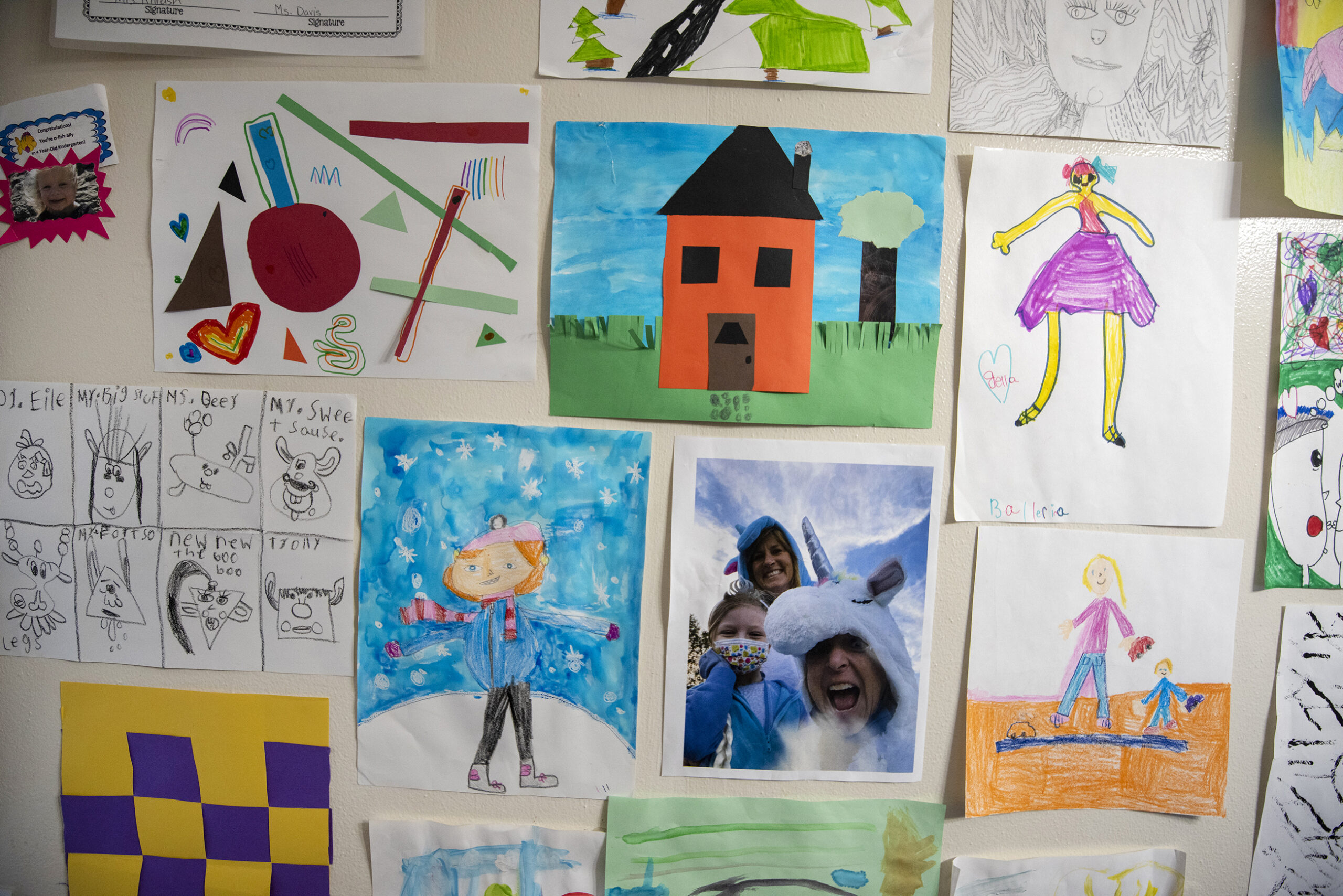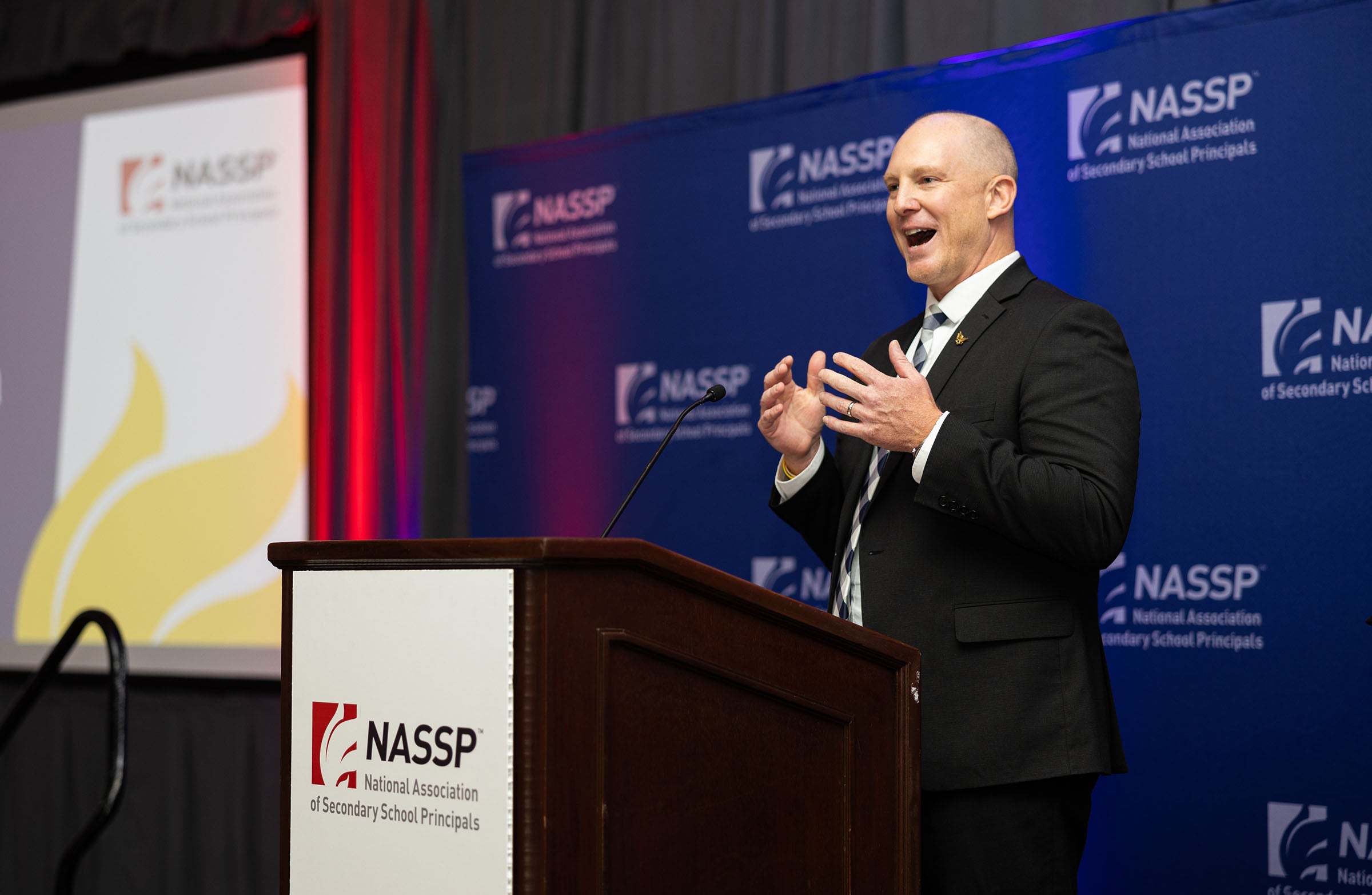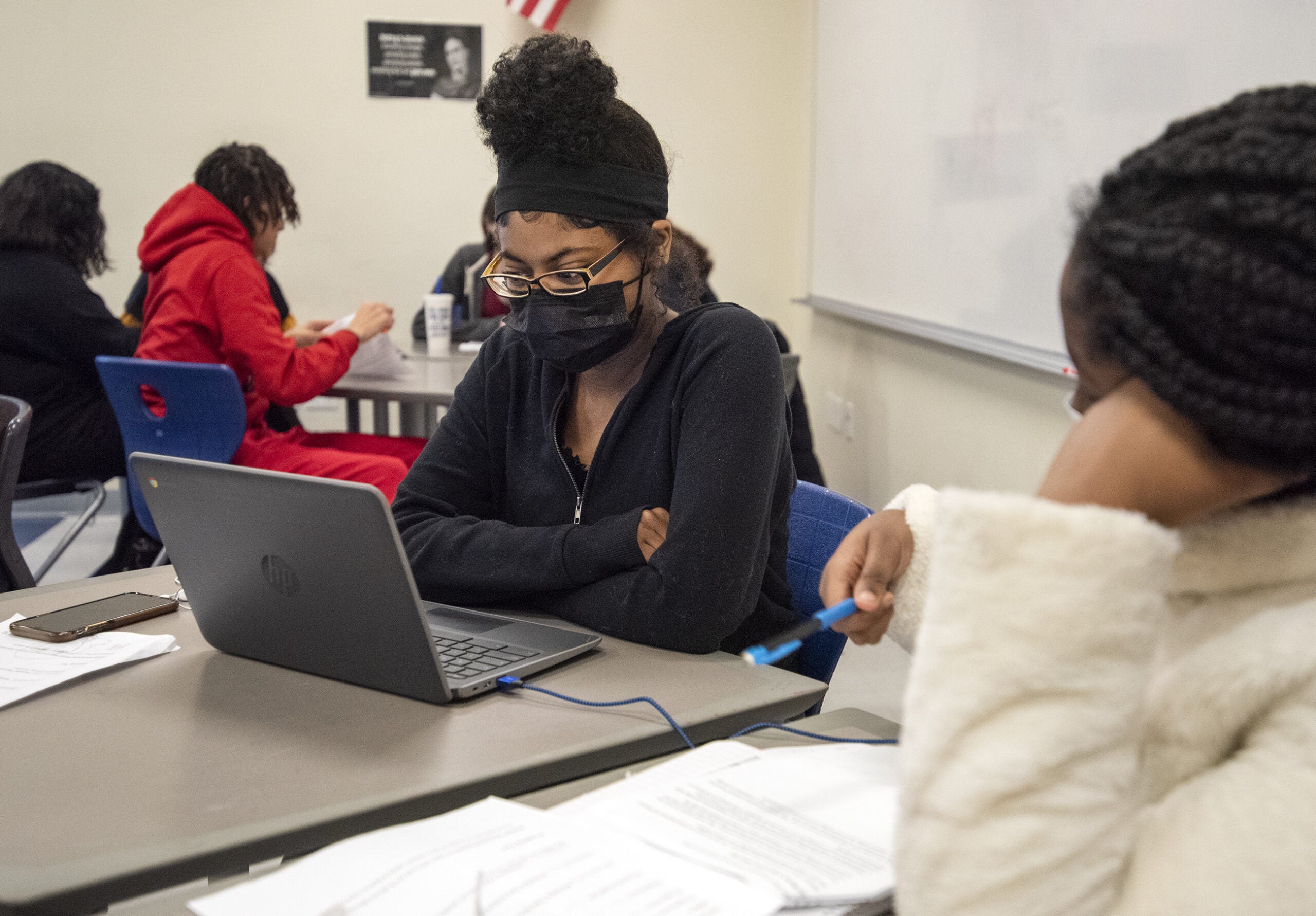After being closed to in-person learning since March 2020, the Wisconsin Center for the Blind and Visually Impaired began offering a few in-person courses again last month.
“The ability to begin safely offering in-person instruction is a positive step towards our goal of offering on-site instruction to all of our students during the 2021-2022 school year,” Dan Wenzel, the center’s director, said.
Most students are still learning virtually “while being supported educationally by on-site staff,” he added.
Stay informed on the latest news
Sign up for WPR’s email newsletter.
Like other schools across the state, the center — based in Janesville and founded in 1849 — had to determine how virtual learning would work, but with the added barrier of teaching kids who are blind and have limited vision.
Wenzel told WPR that the school has about 30 blind and visually impaired students enrolled and has utilized Google Classroom to teach kids virtually since the pandemic began. He said that families and statewide vision professionals are also included in the programming.
“I think our virtual instruction has gone extremely well. We’ve learned a lot, and we’re going to be better at what we do because of this challenge that we faced,” he said.
Wenzel added that the center has been lucky as far as broadband access and has been able to send hotspots to students. Those enrolled in the school utilize assistive technology like screen readers and magnification software. Most students also have braillers at home.
Wenzel said there’s a delivery system in place for families to receive hands-on learning materials, like braille homework.
“We arrange an approximate time with families, and we drop off the materials that they’re going to need, up to every week. Then they send back homework and projects,” he said.
The greatest challenge in this pandemic for blind and visually impaired students, Wenzel said, is teaching them orientation mobility. He said, as a blind individual himself, there’s a lot more to travel than just getting out there with your cane. Wenzel says he travels for his work with the center and has to learn a lot about a city before his visit.
“If I’m in a city I haven’t been in before, I have to do research to see what transportation options there are, whether there’s a bus system, whether Uber or Lyft serves the area.”
He hopes families are getting out in the meantime.
“(Students who are blind) can go for a walk with their family around the block to practice cane technique. If they have the general skills, they can go to the store for milk,” Wenzel said, adding that was a task he did quite often as a child.
Some experts predict that screen readers and assistive technology could eclipse the future of braille. But Wenzel believes braille will be around for a long time and “it should be considered an ally to technology.”
Wisconsin Public Radio, © Copyright 2024, Board of Regents of the University of Wisconsin System and Wisconsin Educational Communications Board.





